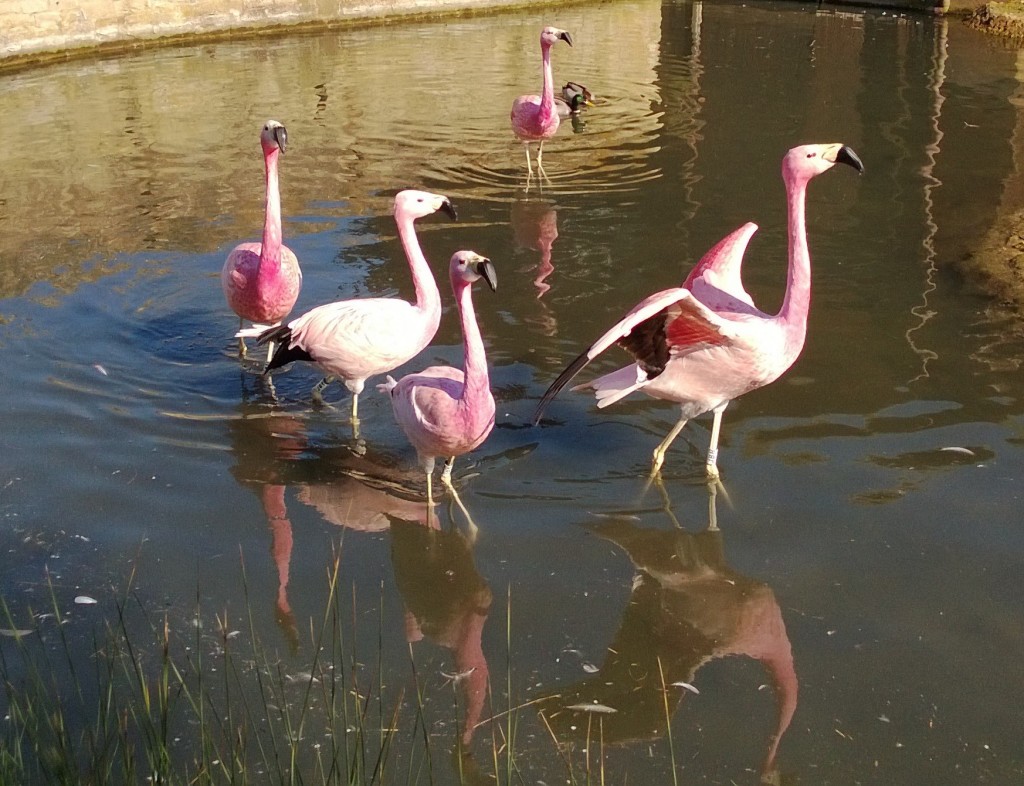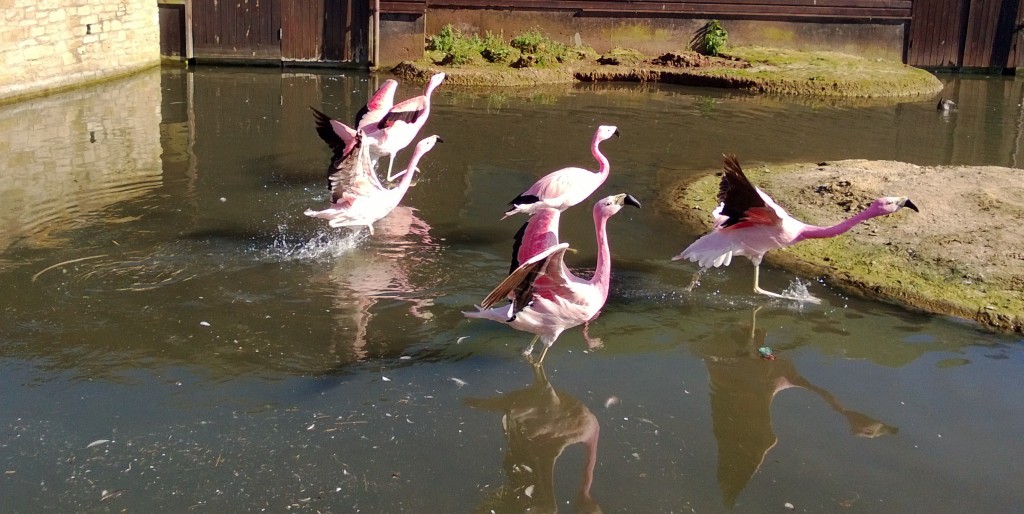Colour!
I don't need to give any more of an explanation to the title really. It's what flamingos do best. Especially at this time of year, when all birds are looking especially vibrant. We know that the colour comes from their food and we know that without being replaced the bird's feathers will fade to white. So why, from an animal behaviour point of view (AND an avicultural point of view) do we spend so long obsessing over the pinkness of the WWT flamingos?
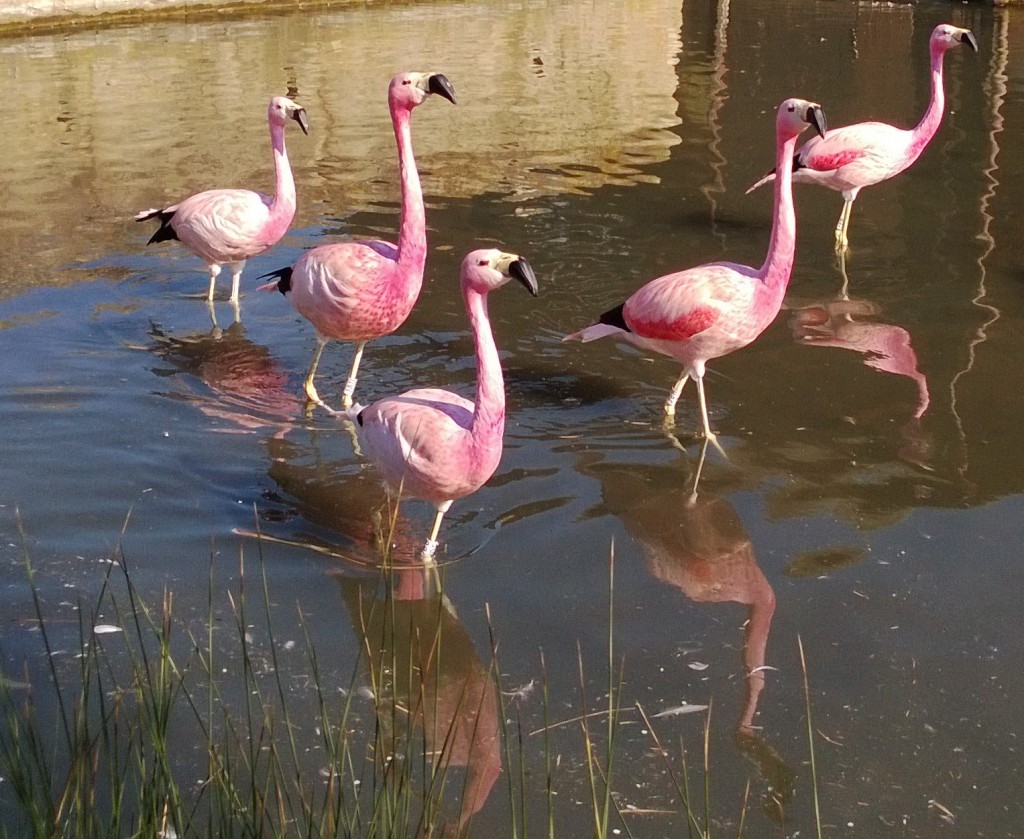
The depth and brightness of each bird's plumage can reveal much about its desires to breed, its overall status within the group, and the amount of influence that is has over the other birds in the flock. I have mentioned before that flamingos are easily swayed by peer pressure and, more often than not, will give in to what their chums are doing and follow along. However, that's not to say that all birds have the same character. And one of the ways in which we can look at characters in a flock is to look at their colour.
I am dwelling on the lesser and Andean flamingos in this post because if you want to have a go at looking at "pinkness and behaviour" yourselves, these groups are small enough for you to get a real idea of how colour dictates a lot of what flamingos do with their time. So whilst the importance of colour is found in all species, you can spot differences in friendliness, assertiveness, dominance and passiveness, and so on and so on, really easily in these two smaller groups.
So, looking at the photo below, contrast these two lovely birds in the lesser enclosure... One is clearly much brighter than the other one. We can score the "pinkness" of the birds, looking to see who has changed colour after winter to get an idea of the frequency and amount of courtship display that is likely. How this change in colour develops month on month, and when it begins to fade and the bird goes in to moult. More pink(er) birds, more chances of courtship, more nest building. At least, that is the theory!
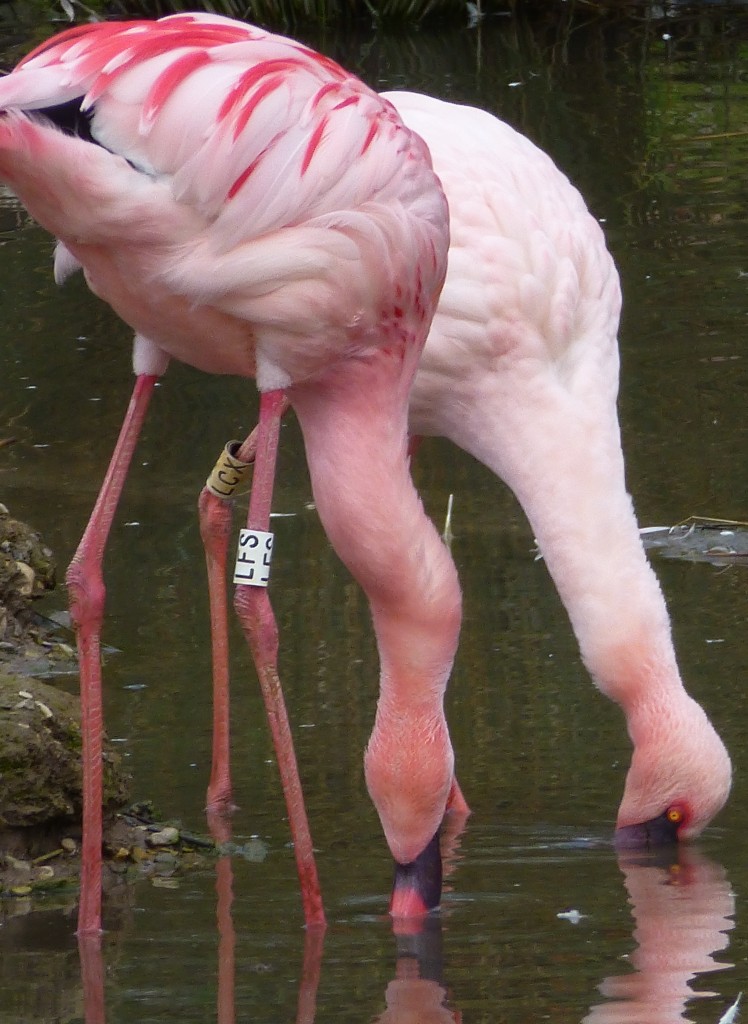
LFS, the brighter bird at the front of the photo, is a classic case of a very assertive, very domineering flamingo. He's a big bird too. And always ready to barge others out of the way to get what he wants. LCX on the other hand, is much quieter but not quite at the bottom of the pecking order. Note the nearly orange eye (see more on flamingo eye colour below!), the bill getting dark and some brighter head feathers. This bird is a slow burner. She will one day become as pink as LFS but she's just not in any rush. A more relaxed, and less pushy character than her pinker friend!
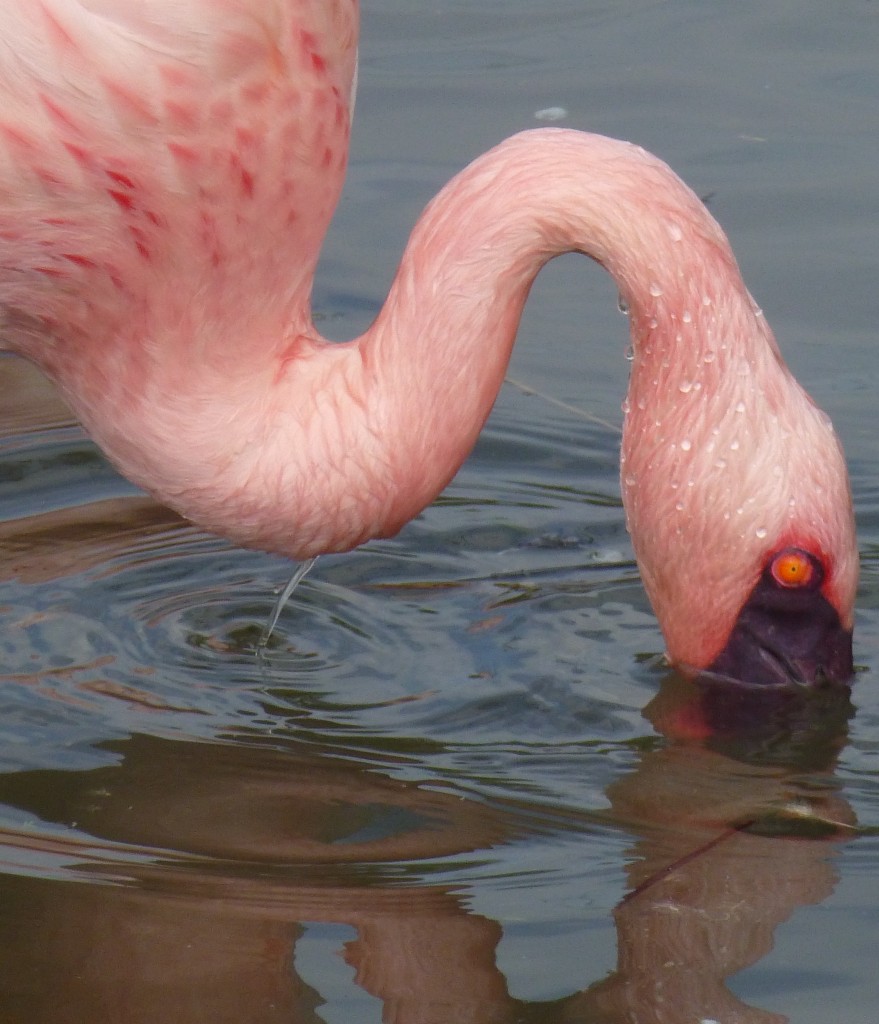
So I just mentioned about eyes. Well, more specifically, their colour. In lesser flamingos, this is very important. The birds' eyes almost glow against their dark faces and dark beaks. Brilliant eyes means very flirty flamingos. The colour change in the flamingo's eyes is caused by the same pigments that are turning their feathers pink too. So another pointer to look out, especially if you bring binoculars, spot the birds with the very deep orange eyes. They will probably be shoving everyone else around, urging other birds to "get in the mood".
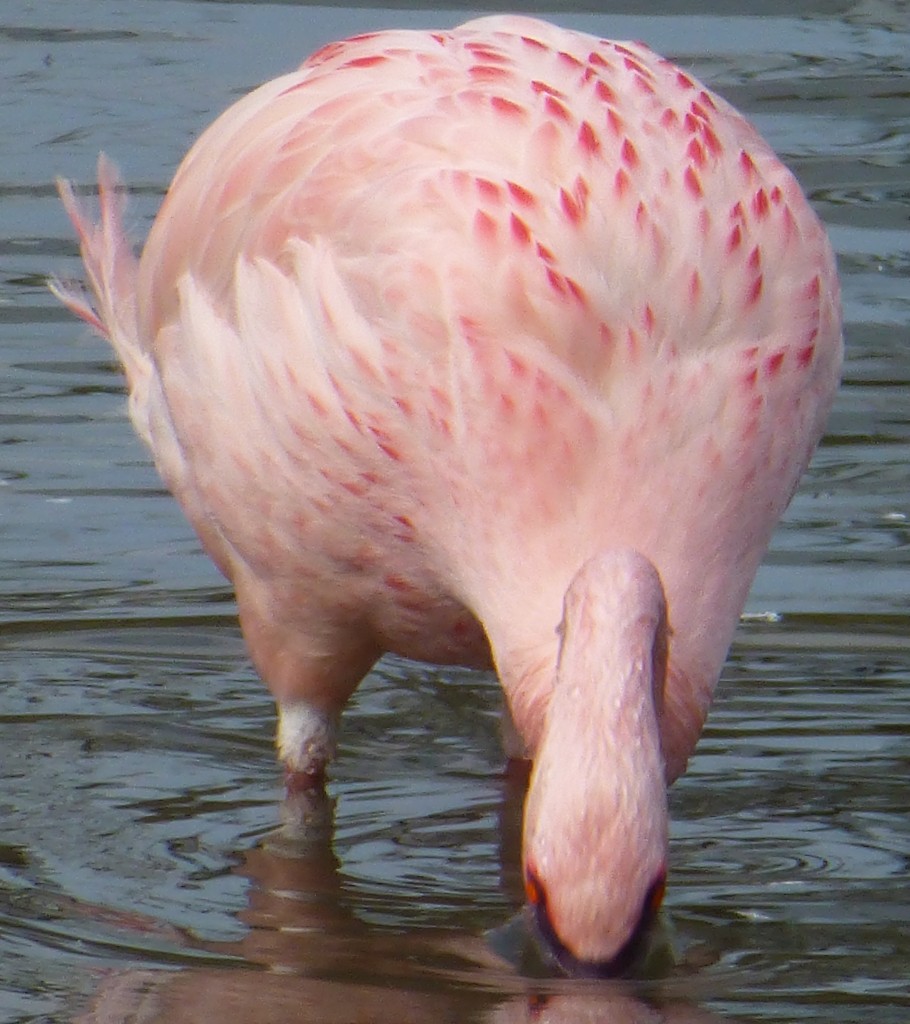
Put all of this together, and you have the ideal flamingo mate. Darker pink bits here, brighter red bits there. Add some of their famous dancing and the colour change all makes sense. Birds that invest more in making themselves look beautiful are bound to be more "bossy" as they are the ones that are more determined to have an influence over the nesting season. This change in colour is especially helpful to Phil and Sparky and co. as they begin to feed the flamingos on their breeder diet, in place of the "maintenance" diet that keeps them happy and healthy, and well-fed, over the winter. The bird's feathers are a very obvious, and very important, clue for when husbandry (i.e. how the flamingos are kept day-to-day) needs to be tweaked to ensure they stay on top form.
So now you're all well-trained in the biology of flamingo colours, try and pair this up with some of the bird's actions that are on-going at WWT Slimbridge right now. I have provided an example for you below! Happy flamingo spotting!
